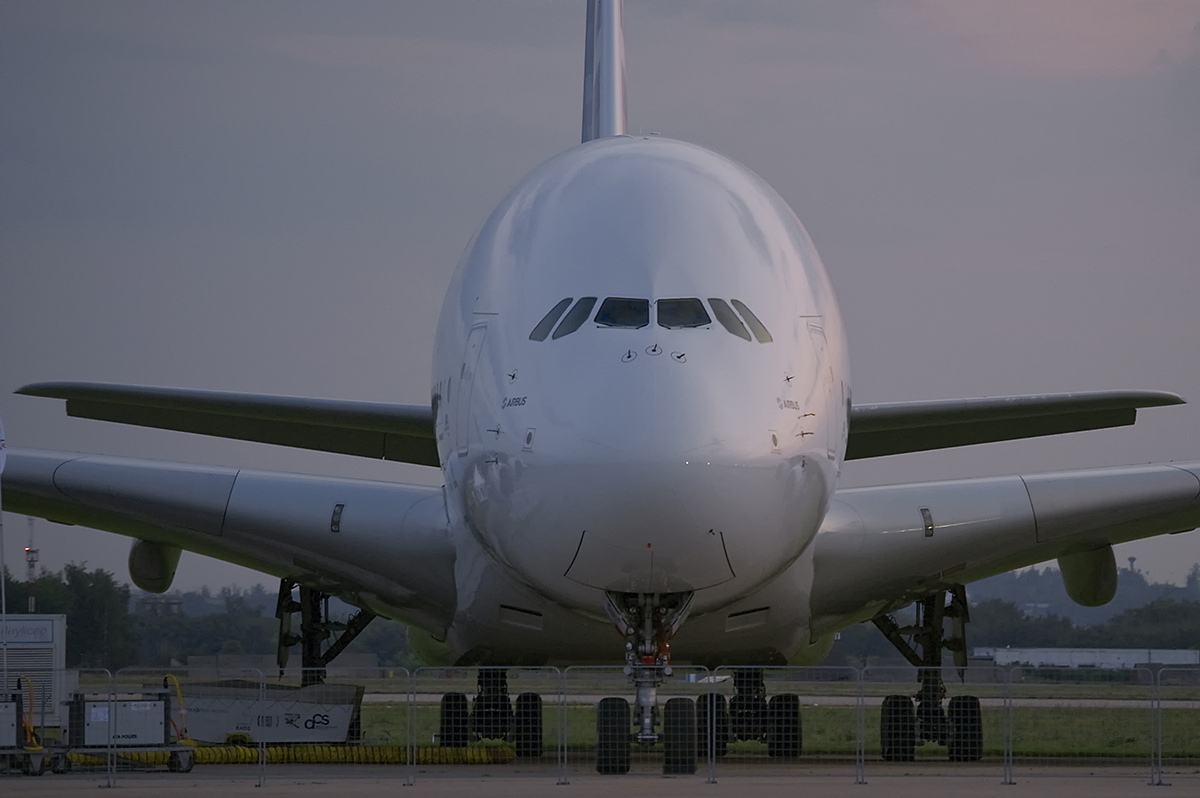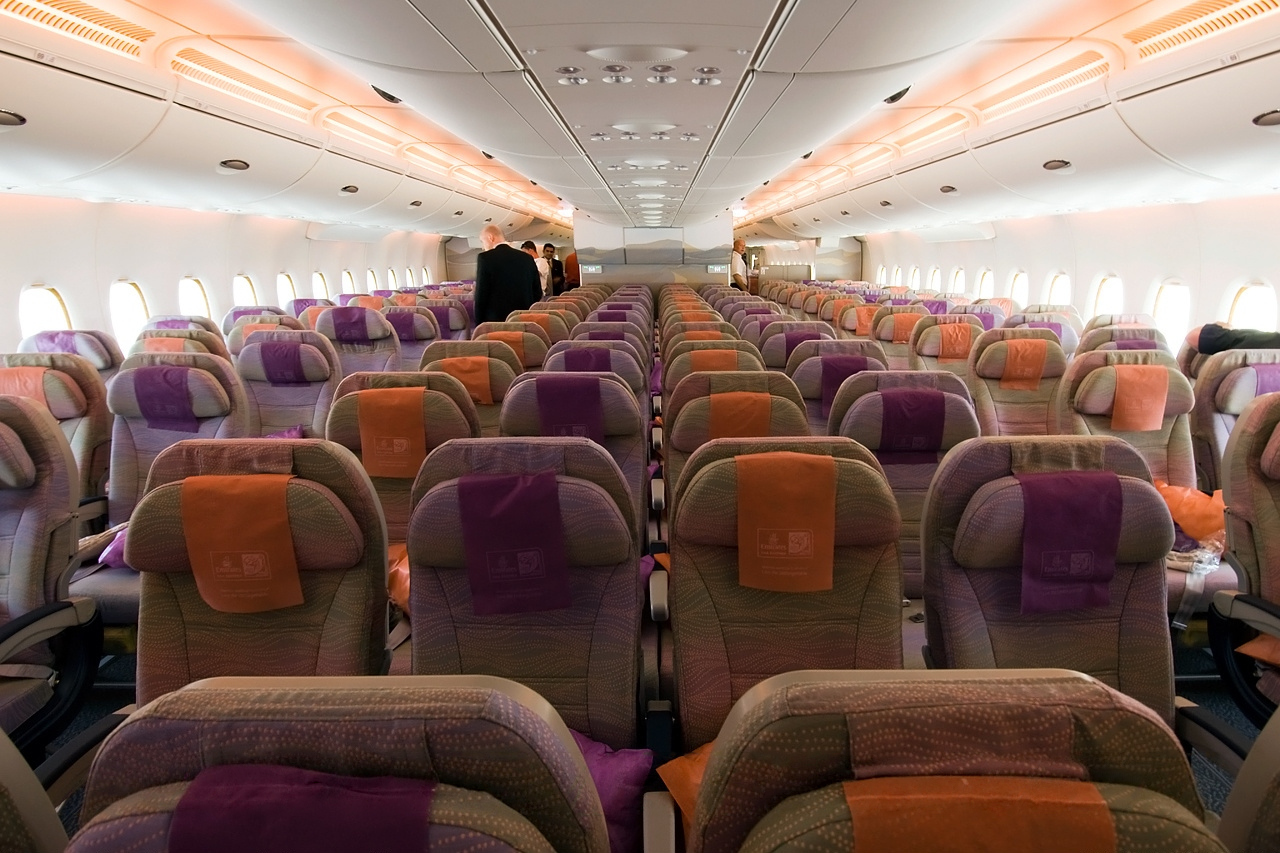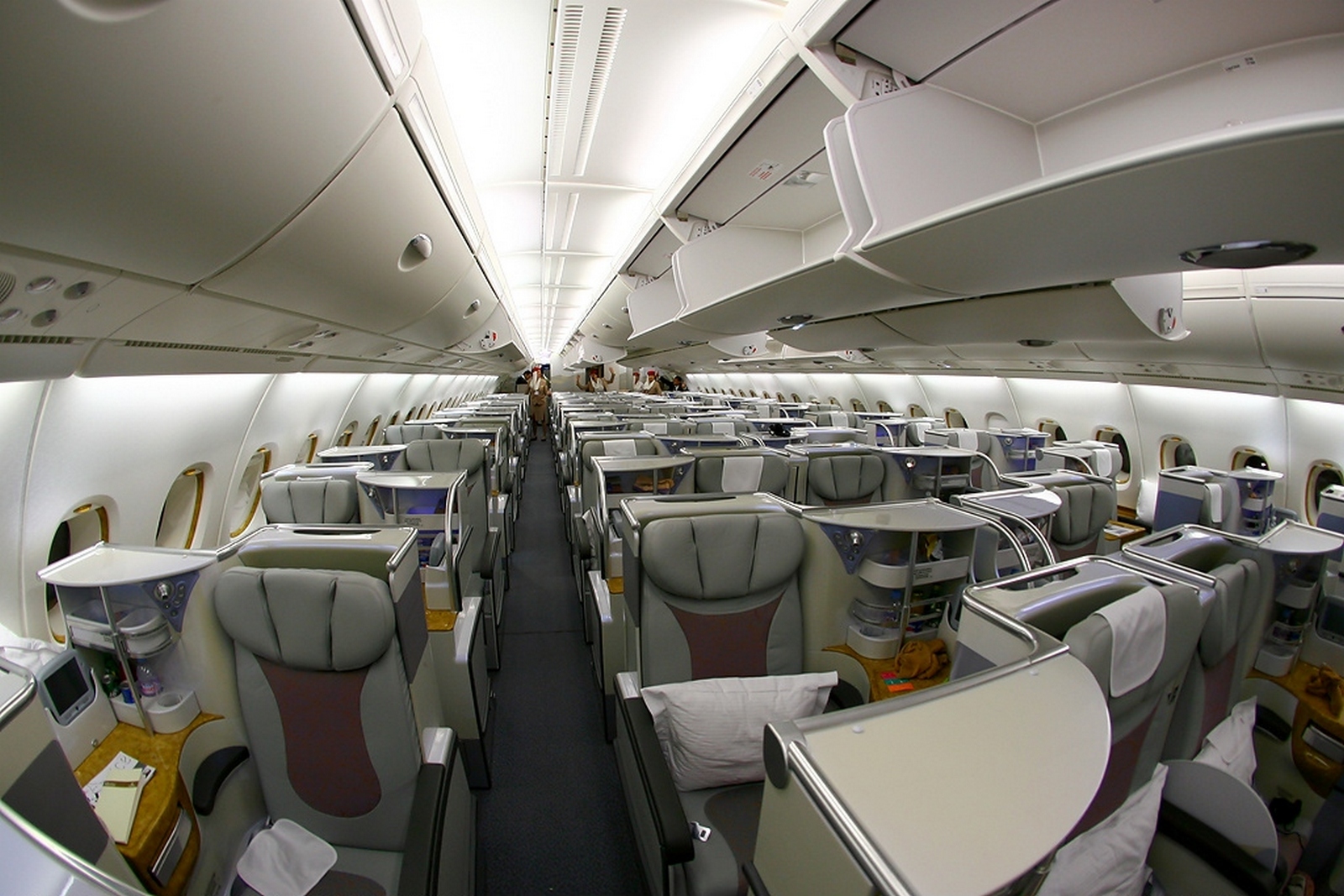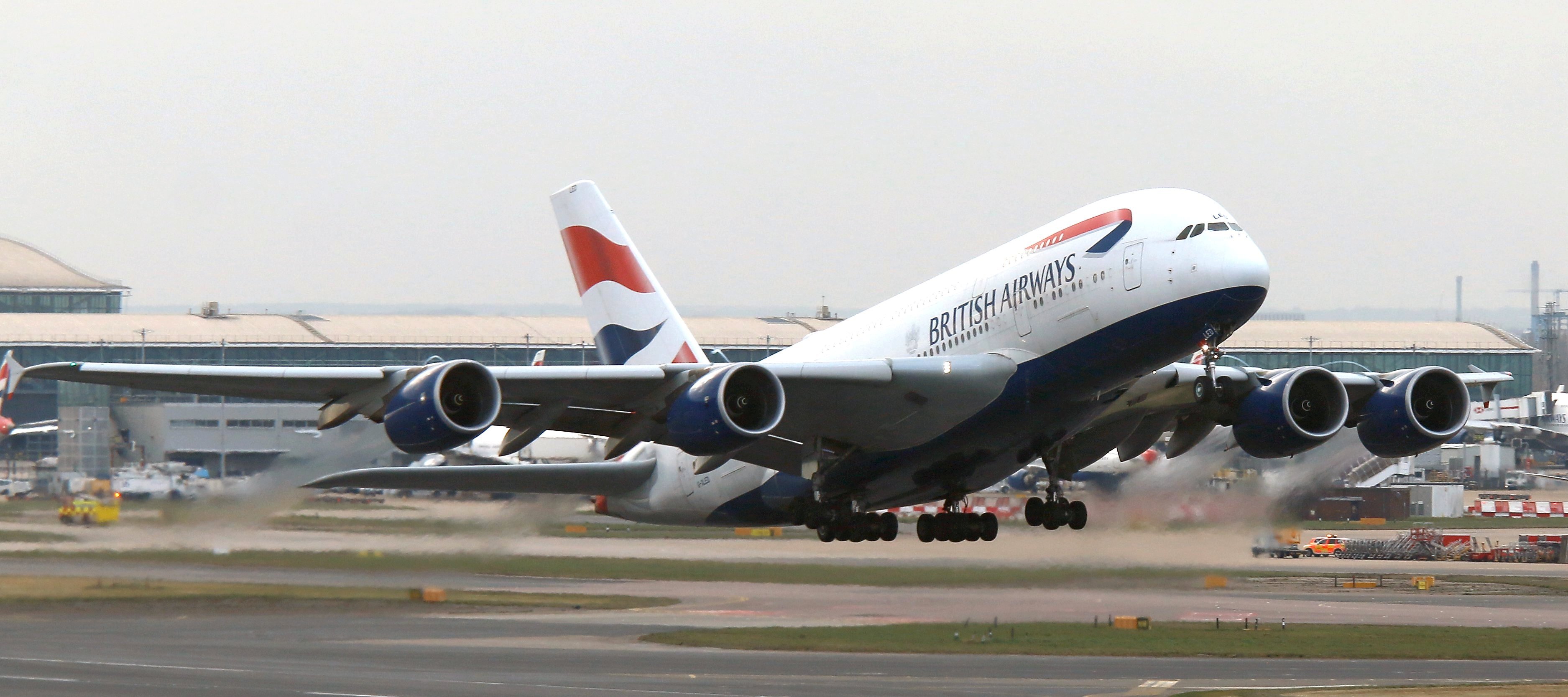April 27 marks the 20th anniversary of the largest passenger airliner in the history of the Airbus A380
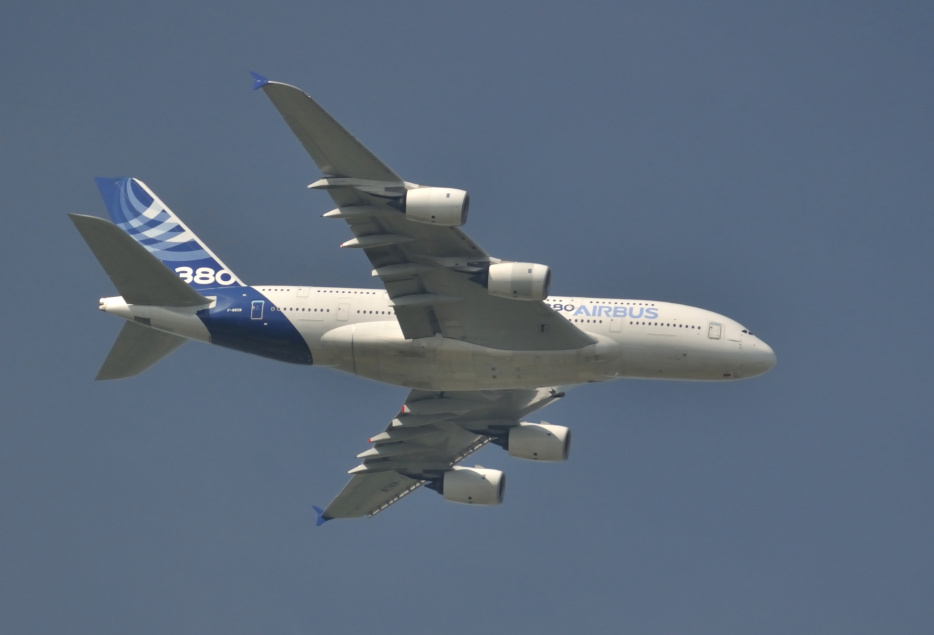
April 27 marked the 20th anniversary of the largest passenger airliner in the history of the Airbus A380. On that day in 2005, its first prototype flew at the Toulouse airfield in France.
The European aerospace corporation Airbus began researching the development of a new generation wide-body passenger aircraft in the late 1980s. At the Farnborough Airshow in 1990, this megaproject was announced, declaring the goal of reducing operating costs by 15% compared to the Boeing 747-400.
At the preliminary design stage, Airbus management created four competing design teams to present their vision of the future airliner. According to the memories of Antonov veterans, the Europeans also signed a contract with Ukrainian partners for the design of the wing for their superplane. The customers were satisfied with the design and even offered Antonov to participate in the production. However, the matter never moved forward, and the Europeans eventually developed a completely different wing option for the A380 with a very wide use of composite materials.
The A380 airframe units were built at facilities in France, the United Kingdom, Germany, and Spain. The final assembly took place in Toulouse. Special transport aircraft A300-600 Beluga, as well as ground transportation and river barges, were used to transport large structural fragments.
Serial production of the A380 continued until 2021. A total of 254 copies were built. All of them had two decks and could accommodate up to 10 passenger seats in one row on the lower deck, and up to 8 on the upper deck. It was declared that the aircraft was capable of carrying more than 850 passengers, but a three-class layout with 525 seats became standard. There were other variants with even fewer seats but much higher comfort. The aircraft were equipped with four turbofan engines of several types, for example, Rolls-Royce Trent 970 with a thrust of 35.5 tons each or Engine Alliance GP7270 with a thrust of 33.9 tons. The airliner was 73 m long, had a wingspan of 79.75 m, a maximum takeoff weight of 575 tons, a maximum speed of 945 km/h, and a flight range of over 15,000 km.
The A380 has joined the fleets of 15 airlines in 13 countries, including: Australia, France, Germany, Japan, Qatar, the United Arab Emirates, the United Kingdom, and the United States. By the end of 2021, the number of passengers carried by these aircraft crossed the 300 million mark. There has been no A380 crash so far, although there have been several serious incidents. The aircraft are characterized by high comfort and really good economic performance. However, the number of orders for the A380 was significantly lower than Airbus expected. The main reason was the global change in the concept of air transportation: “hub-to-hub” (where it is profitable to use airliners with a large number of seats) to “point-to-point” (where much smaller aircraft began to operate). As a result, 5 airlines have already decommissioned the A380, and as of mid-2024, only 189 of these aircraft continued to carry passengers.

 Fan-page
Fan-page Youtube
Youtube TikTok
TikTok Aviamuseum
Aviamuseum State Aviation Museum
State Aviation Museum
